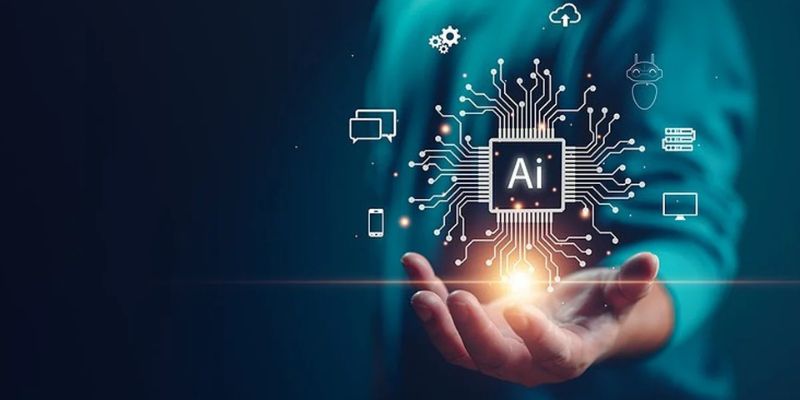

Aircraft may still look the same from the outside, but under the skin, a digital revolution is taking flight. For years, B1.1 Aircraft Maintenance Engineers have focused on hands-on tasks like fixing engines, hydraulics, and landing gear.
Their role has always been about keeping aircraft safe and ready to fly. With the rise of AI and smart technology, their job is evolving, not disappearing. It’s becoming smarter, faster, and more connected.
B1.1 Aircraft Maintenance Engineers have always been hands-on experts.
Core Responsibilities Then
Their main job was working with mechanical systems like hydraulics, engines, and landing gear, making sure everything runs smoothly and safely. They also carried out routine inspections and repairs, checking for wear and tear, fixing parts, and ensuring aircraft were ready to fly.
What’s Changing Now?
But now, things are starting to shift. With the introduction of digital systems and smart diagnostics, engineers are using tools that help find issues faster and more accurately. While the core work is still mechanical, today’s B1.1 engineers also need to understand technology.
The world of aircraft maintenance is going high-tech.
AI-powered predictive maintenance uses smart algorithms to spot issues before they happen, so engineers can fix them early. This moves us from reactive to proactive repairs.
In hangars, augmented reality (AR) and smart glasses give real-time visuals and instructions, helping engineers work faster, hands-free.
And with digital twins, we can now test virtual copies of engines and systems to find problems before touching the real thing.
B1.1 engineers now use more than just tools—they work with smart devices like tablets and AR glasses. Digital literacy is a must. Engineers need to read data from sensors and understand software alerts to spot issues early.
Modern aircraft are complex, so B1.1 engineers often team up with data analysts, software experts, and avionics professionals. Learning to communicate with tech teams helps solve problems faster and keeps aircraft safer.
Some students worry that AI might replace B1.1 engineers—but here’s the truth: machines can’t do everything. While automation speeds up checks, human oversight is still critical for safety decisions and unexpected repairs.
Instead of removing jobs, tech is creating new ones. Roles like system diagnostics specialist and maintenance data analyst are growing fast. These combine mechanical know-how with tech skills.
Add These Skills to Your Toolkit
Tech-Forward Certifications & Training Options
The future of aircraft maintenance needs more than just tools—it needs tech skills too. Students should feel excited to become “mechanic-meets-techie” engineers.
By learning both hands-on and digital skills, you’ll stay ready for what’s next.
Remember, aircraft maintenance is no longer just about turning bolts—it’s about turning data into action. The hybrid engineer is here to stay.